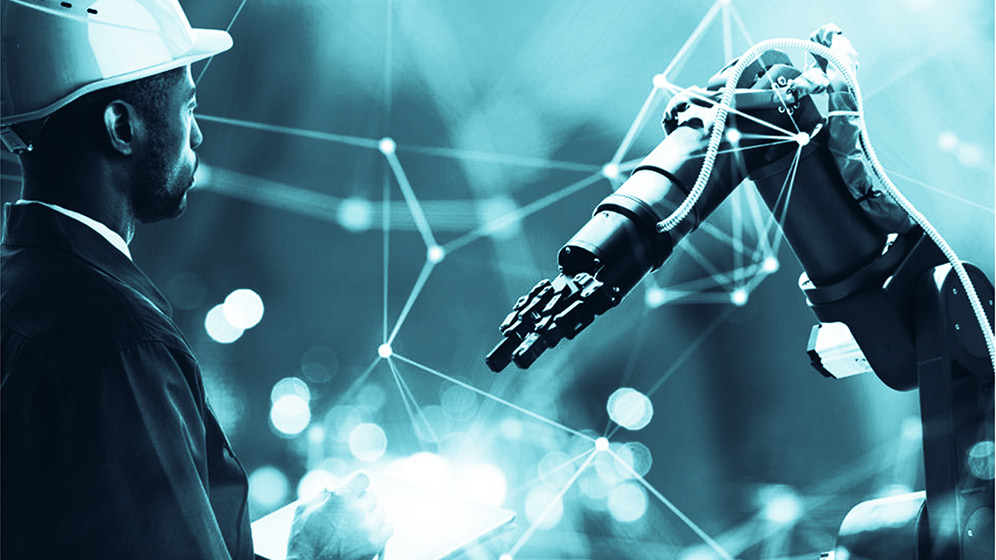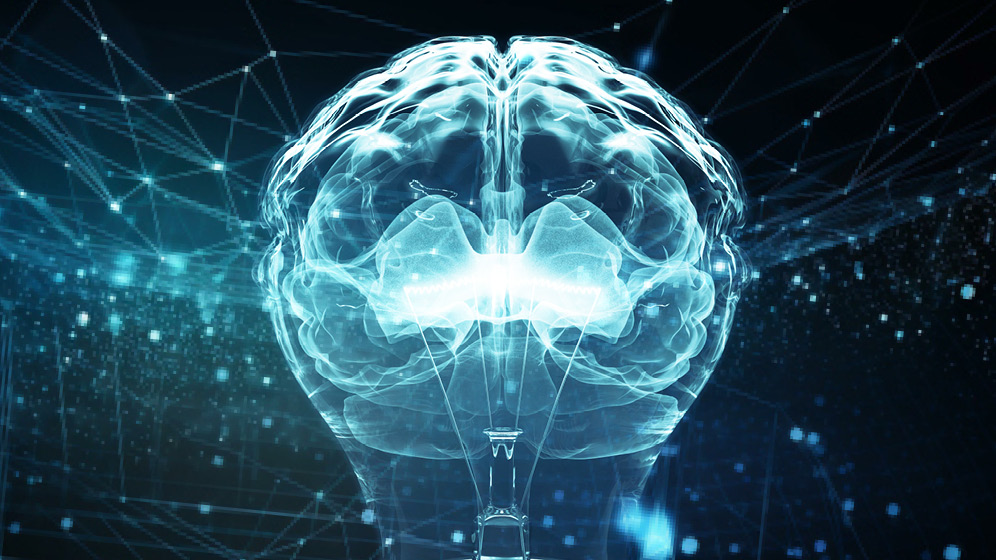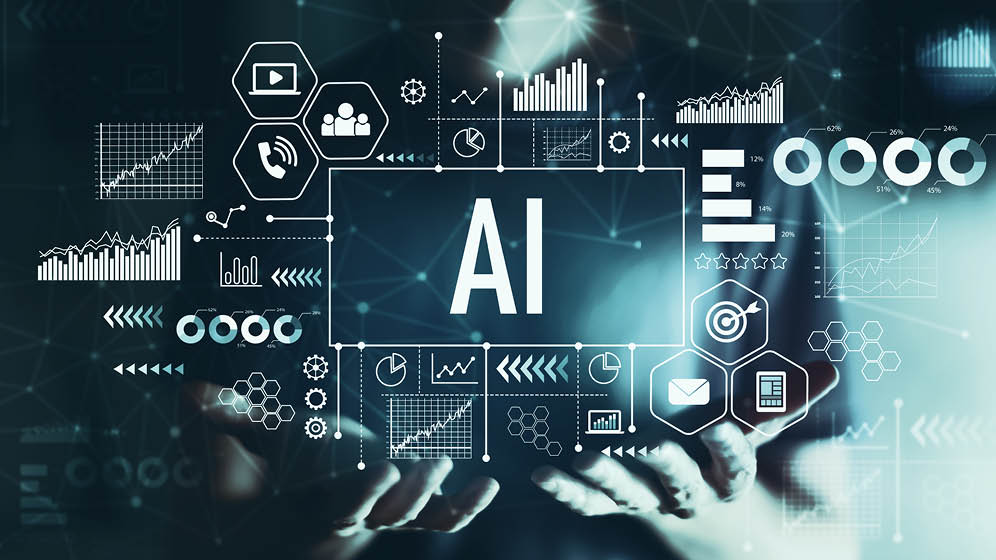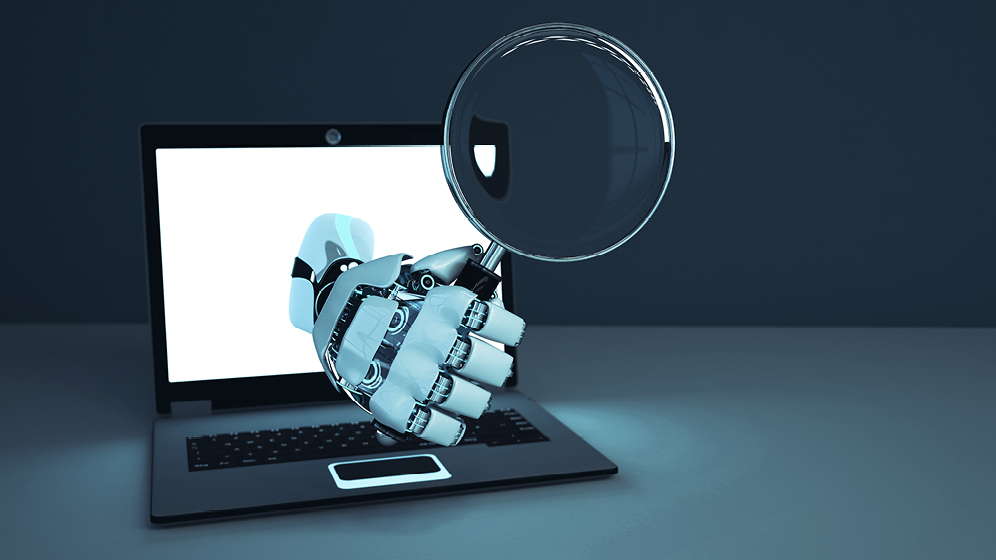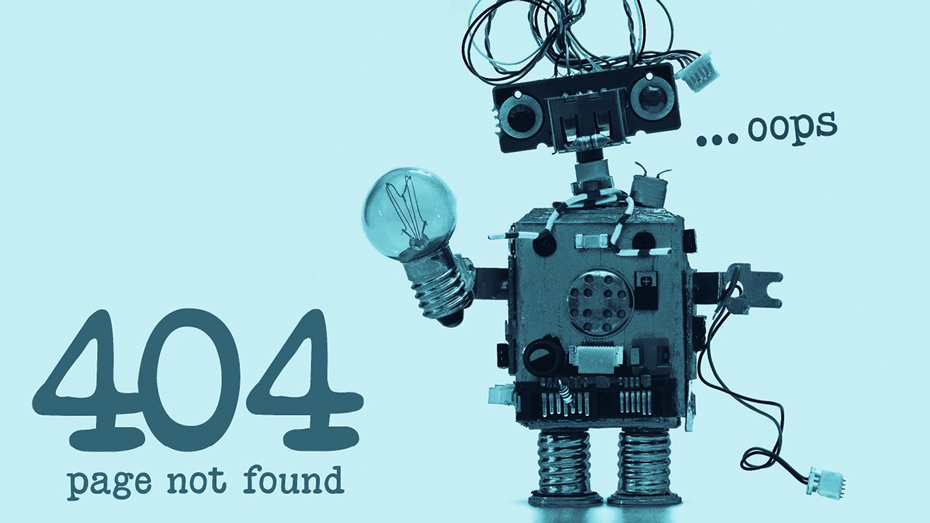
According to a Study by Fraunhofer Austria in 2022, AI applications are already in use in one in ten companies. operational use. Another study commissioned by the Digital association BitkomThe results of a representative survey of 606 German companies from all sectors with at least 20 employees are as follows:
The biggest obstacles to implementing AI in companies currently include the Lack of qualified personnel and insufficient data (62 percent each). These are followed at some distance by a lack of financial resources (50 percent), uncertainties due to legal hurdles (49 percent), a lack of technical expertise (48 percent) and a shortage of time (46 percent).
Around one-third of respondents cite a lack of acceptance on the part of employees (37 percent) and a general mistrust of AI (33 percent) as obstacles. In addition, about one-fifth (22 percent) of the companies still lack concrete use cases. We took a closer look at three of these problem areas.
In 2023, industrial companies will continue to face a variety of challenges. Currently, various factors are having an Crises and cost drivers negatively impacting the economy. The ongoing problems in supply chains and the rising costs of energy, raw materials and labor are currently the biggest obstacles to the success of companies.
The resulting reluctance to invest and innovate creates a serious problem for artificial intelligence and its future use, as Viacheslav Gromov, founder and CEO of AI provider AITAD, explains, "The increase in the cost of energy and raw materials is forcing business to impose price increases, but these are not universally accepted. As a result, companies are often left to bear these costs."
Gromov continues, "In addition, rising costs and inflation are leading to a reluctance to buy. Companies' business outlook has reached a historic low since the energy crisis began - never before has the number of optimistic companies been so low." There is also criticism in many quarters that the domestic extraction industry is partly to blame for the major challenges facing AI deployment.
But not every player in the domestic industry thinks that way: "It never ceases to amaze me what all the complaints are. I think it is the responsibility of the state to set suitable framework conditions. As an entrepreneur, I try to make the best possible use of them. I don't see any need for a state to pursue a strategy on artificial intelligence; this should come from the private sector," for example, says Markus Loinig, CEO of Senzoro, a company that combines ultrasonic measurements and AI to reduce maintenance costs.
Another AI challenge: Lack of know-how of employees and the tendency to dislike the topic, especially among SMEs. But where does the fear of AI come from?
The answer knows Sepp Hochreiter, head of the Institute for Machine Learning at the University of Linz and the Artificial Intelligence Laboratory at the Linz Institute of Technology (LIT): "It is undoubtedly the fear of the unknown. In the case of AI, this fear is amplified because many people have difficulty imagining anything about it. Moreover, Hollywood has negatively shaped the image of AI through movies like Terminator or Matrix, in which humans are enslaved by machines and forced to fight back."
Immediately afterwards, however, he reassures us with a thought experiment: "Should AI systems one day actually become more intelligent than humans, the question arises as to why a machine should try to subjugate humans. Biological life and technical systems do not compete for the same resources. An AI does not need its energy in the form of apples or vegetables."
"According to the digitalization radar, the Austrian population is aware of untapped opportunities. 48 percent see potential for strengthening international competitiveness that has not yet been tapped," says Michael Zettel, Country Managing Director at Accenture Austria.
Nevertheless, he cautions, "42 percent of the Austrian population fears negative consequences from the use of artificial intelligence." Compared to the EU, where this figure is 31 percent, this is significantly more. In addition, 60 percent of people have little or no trust in cloud platforms. "These statistics make it clear that we are frontrunners in Austria when it comes to skepticism and that there is a great need for education and further development," says Hermann Erlach, General Manager at Microsoft Austria.
To close this gap, however, it is necessary to have a basic understanding of the potential of AI. Accordingly, in Austria there is a need for education and training at all levels of the company, from management to the grassroots, in order to make AI a generally understandable topic. "We need accessible offerings so that not only large companies, but smaller businesses in particular, find the courage to approach the topic," says Eva Eggeling, head of the Fraunhofer Austria Center.

According to a Deloitte survey are the biggest challenges companies face on the road to AI adoption: Risk management, integration and implementation, high costs, and data issues.
Keyword data: Data protection is often the main problem, but insufficient data quality is also a recurring issue. Johanna Schmidt, a computer scientist with a PhD and head of the research group at VRVis, believes that using trained AI to handle large amounts of data is a sensible approach. But the step before that, she says, should not be neglected.
That prior step is harmonizing the data to ensure accurate results. "There is little point in applying an AI to an erroneous dataset," Schmidt notes. She emphasizes that the approach of using trained AI to tackle big data is certainly promising, and that there are experts at VRVis to do it. Still, she says, the data harmonization step is critical to achieving accurate results. Schmidt currently sees an interesting approach in the use of edge devices, which could provide a wealth of additional information in production processes. She hopes this will raise awareness of the value of data science in the coming years.
What is needed, of course, are more experts. "Especially when combining unstructured data in the data lake and structured data in the data warehouse," says Manuel Hausjell, a consultant at software developer TietoEvry. About a quarter of companies were looking for data scientists, AI researchers or transformation experts to fill their skills gaps last year.
"What are the problems with AI?" we ask artificial intelligence "neuroflash". Here's the answer: "One of the biggest challenges is gaining trust in AI systems so that companies are ready to integrate them into their business processes. Many companies are also concerned about privacy and transparency of AI-based decisions. In addition, the skills shortage in AI development and implementation can be a barrier."
"The technological challenges of properly implementing AI systems should not be underestimated either. There are concerns about the ethical and moral aspects of AI as well as the potential impact on jobs and society as a whole. It is important that companies and regulators proactively address these challenges to support the effective and safe use of AI in industry in Austria," Neuroflash added.
Well then, let's get to it!
Also of interest
